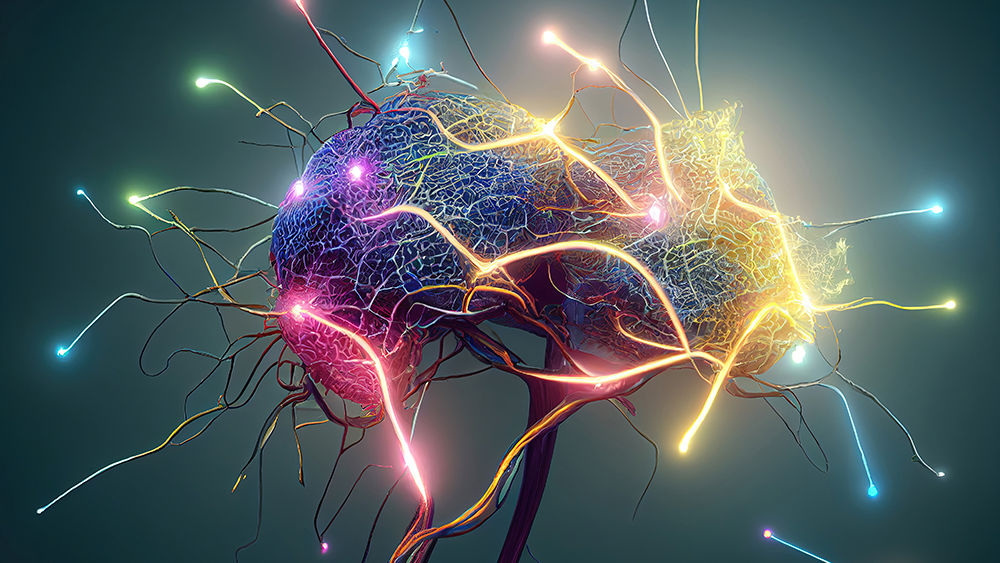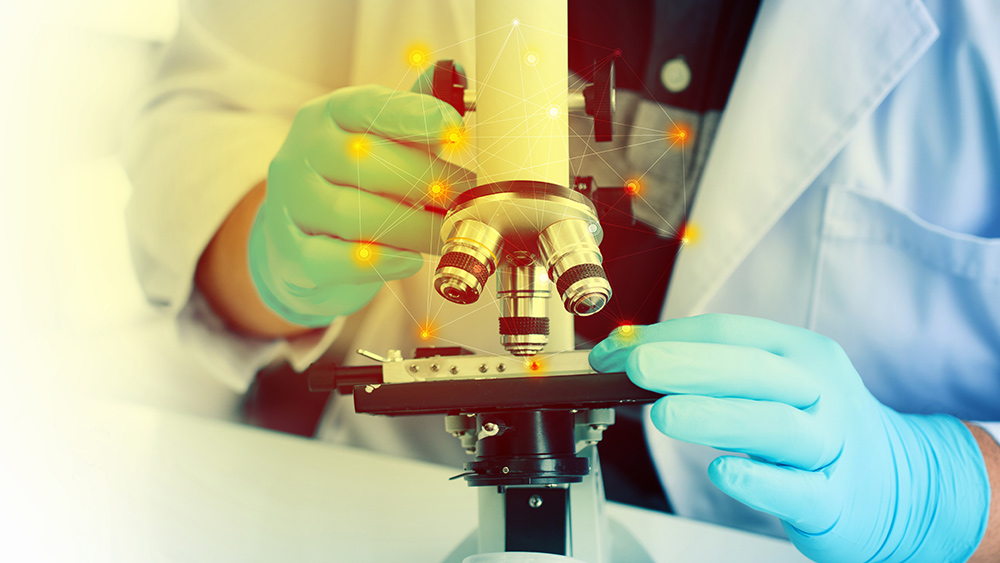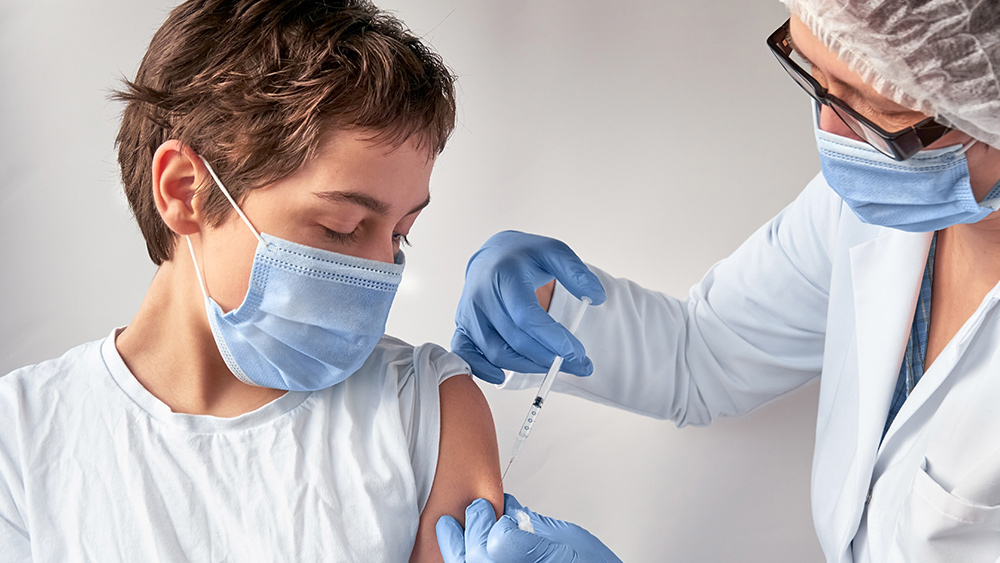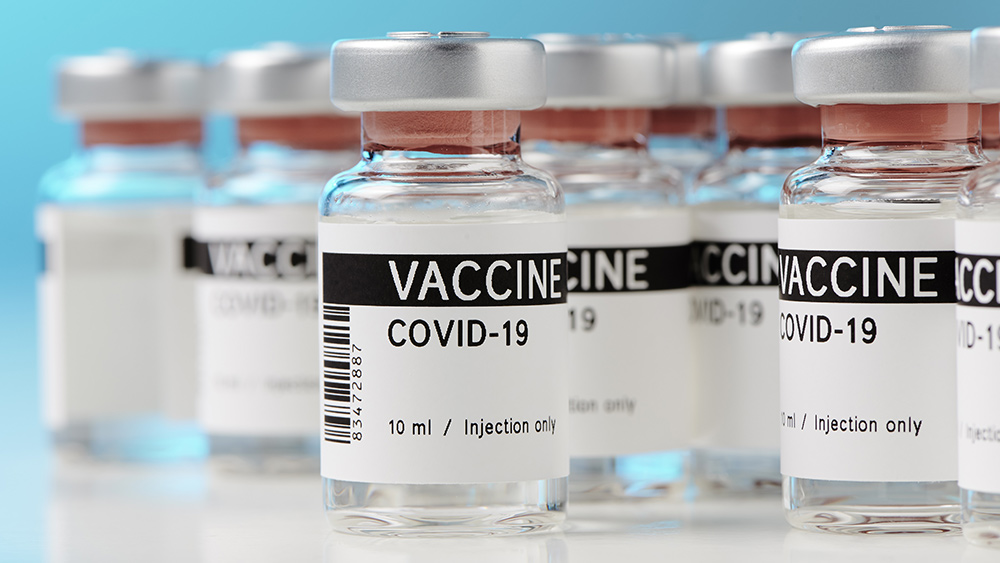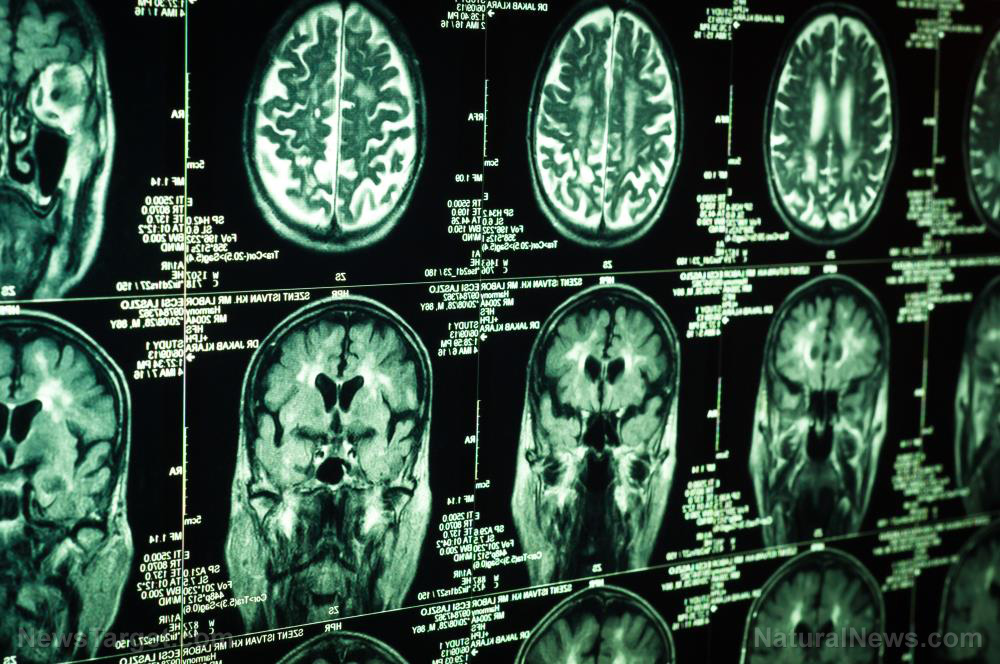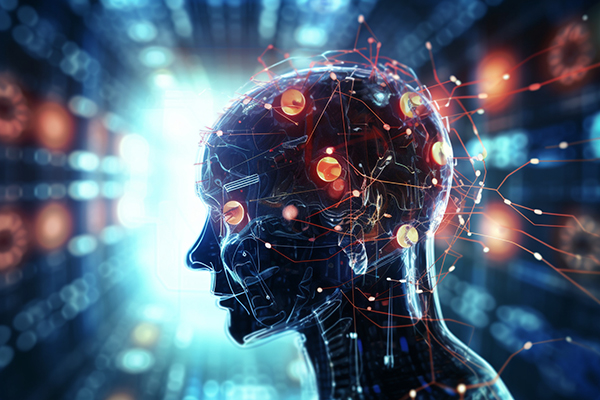Groundbreaking study finds first evidence of human-to-human transmission of Alzheimer’s disease
02/22/2024 / By Olivia Cook

A recent study has found that Alzheimer’s disease can spread from human to human via accidental inoculation with mammalian prions during certain medical or surgical procedures. Mammalian prions are protein-only infectious agents that propagate in the brain and cause fatal neurodegenerative diseases.
“We’re not suggesting for a moment you can catch Alzheimer’s disease. This is not transmissible in the sense of a viral or bacterial infection,” clarified study co-author Dr. John Collinge, a neurologist and director of the Medical Research Council Prion Unit at University College London (UCL).
“It’s only when people have been accidentally inoculated – essentially, with human tissue or extracts of human tissue containing these seeds, which is thankfully a very rare and unusual circumstance.”
In the new study published in the peer-reviewed medical journal Nature Medicine, Collinge and his colleagues at the UCL Institute of Prion Diseases reported how more than 1,800 patients in the United Kingdom received human growth hormone extracted from the pituitary glands of dead bodies or corpses from 1959 to 1985 – to treat certain health conditions, including growth hormone deficiency or insufficiency in children and adults.
The study demonstrated how a human growth hormone treatment transplanted toxic proteins into children and caused the development of early-onset Alzheimer’s.
For about 25 years from the late 1950s, cadaver-derived human growth hormone (CHGH) was sporadically used to treat children with certain physical development problems. The hormone was collected from the pituitary glands of dead people and injected into children with unusually short stature.
Over the years, an unexpectedly high percentage of children treated with CHGH developed and died from a neurodegenerative condition called Creutzfeldt-Jakob disease (CJD) – a rapidly progressive, invariably fatal neurodegenerative disorder believed to be caused by an abnormal isoform of a cellular glycoprotein known as the prion protein.
The study authors noted that the practice was banned in 1985 because of the strong evidence linking CHGH to Creutzfeldt-Jakob disease (CJD) as researchers discovered some CHGH samples contained toxic prion in the seat of the neurodegenerative disease in healthy brains. Human-sourced growth hormone was quickly “replaced with a safer synthetic version.”
“Contaminated” hormone responsible for Alzheimer’s transmission
The way prion diseases were spread from person to person in the case of CJD prompted researchers to investigate whether Alzheimer’s could also be transmitted between people.
A subsequent study did discover that some of the CHGH samples contained accumulations of amyloid beta proteins. A 2019 animal study published in Scientific Reports revealed that mice administered with contaminated growth hormone developed signs of Alzheimer’s pathology and progression.
At this point, researchers suggested that it was plausible to hypothesize human-to-human transmission of Alzheimer’s disease but they still needed some kind of solid evidence. They then looked at eight patients recently referred to the National Prion Clinic in London with neurological problems.
Five of the eight treated with CHGH in childhood – now aged between 38 and 55 years old – were diagnosed with early onset dementia but showed no pathological signs of Creutzfeldt-Jakob disease.
All five of those patients fit the criteria of an Alzheimer’s diagnosis but showed no signs of a genetic predisposition to an early onset of the memory-robbing disorder.
The researchers suggested that Alzheimer’s disease, like Creutzfeldt-Jakob disease, has “environmentally acquired iatrogenic forms due to the activity of a physician or therapy” (e.g., treatment with a contaminated pituitary hormone, as well as late-onset, sporadic or early onset inherited forms.)
The researchers wrote that although iatrogenic Alzheimer’s disease may be rare, “there is no suggestion that amyloid beta can be transmitted between individuals and activities in daily life.”
“The findings raise the importance of measures such as ensuring effective decontamination of surgical instruments,” Collinge said.
University of Manchester Biochemistry Professor Andre Doig said: “While the new type of Alzheimer’s reported here is of great scientific interest – as it reveals a new way to spread the disease – there is no reason to fear it, as how the disease was caused was stopped over 40 years ago. Disease transmission from human brain to brain in this way should never happen again.” (Related: Dr. Michael Nehls proposes Unified Theory of Alzheimer’s Disease (UTAD) to prevent, cure dementia.)
“Nowadays, patients receive synthetic alternatives, which have been approved for safety and do not pose a risk of transmitting diseases,” Alzheimer’s Society Research and Innovation Associate Director Dr. Richard Oakley said in a statement.
He assured the public that today’s treatments were developed to minimize the risk of any transmissible disease. “Crucially, there is also no evidence that Alzheimer’s disease can be transmitted in the context of daily life activities or routine care,” Oakley noted.
Visit Alzheimers.news for more stories like this.
Learn more about the first evidence of human-to-human transmission of Alzheimer’s disease” by watching this video.
This video is from the Daily Videos channel on Brighteon.com.
More related stories:
Dementia and Alzheimer’s disease overtake heart disease as the leading cause of death in America.
New risk factor for Alzheimer’s revealed: Are you getting a good night’s sleep?
Sources include:
Submit a correction >>
Tagged Under:
Alzheimer's disease, brain damaged, brain health, breakthrough, cadaver-derived human growth hormone, Creutzfeldt-Jakob disease, dementia, discoveries, human growth hormone treatment, Mind, mind body science, Prion disease, real investigations, research
This article may contain statements that reflect the opinion of the author
RECENT NEWS & ARTICLES
COPYRIGHT © 2017 BRAIN NEWS

